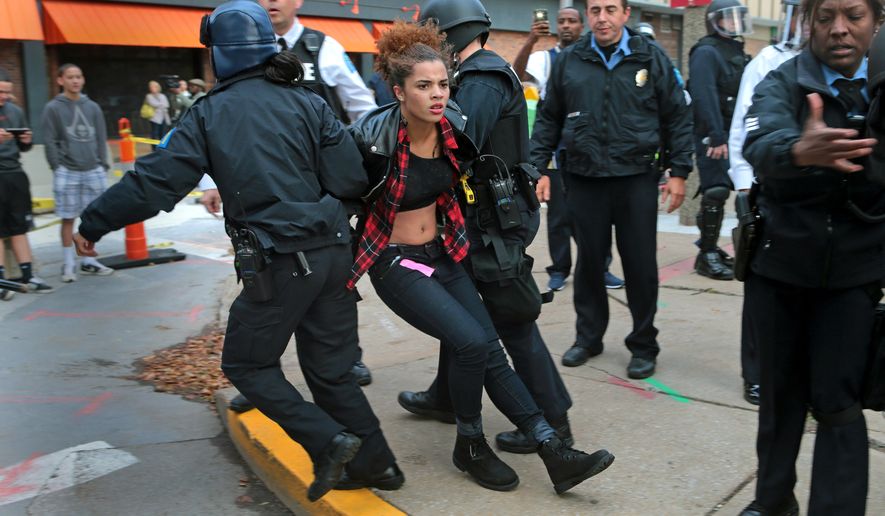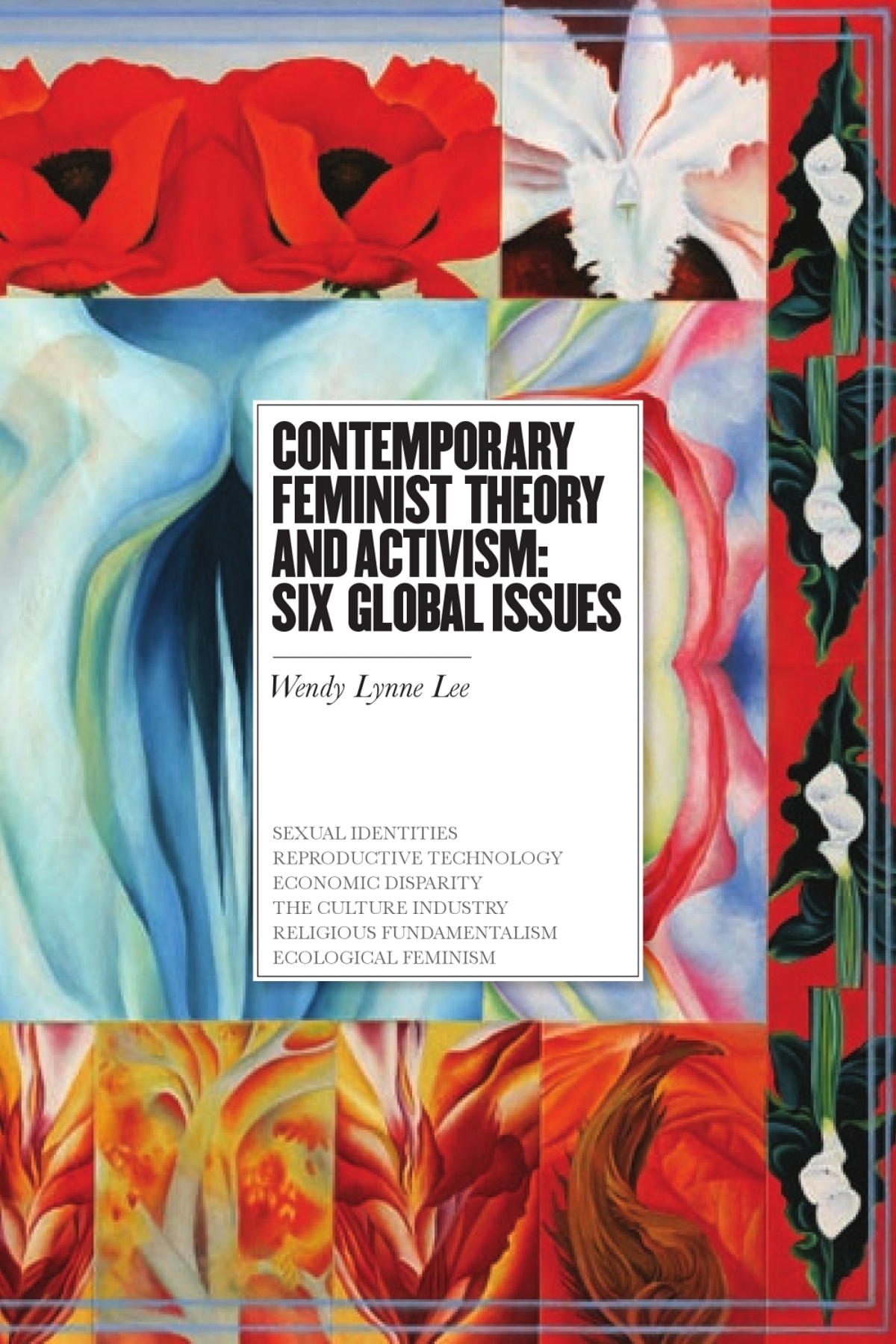Nomadic Illustration
A definition of illustration:
Any miage that participates in a comples text presented as a communicating artefact (for example, a communicating artefact could be a website, a text message, a book or a t-shirt)
See also Catrin’s lecture on Visual Forensics
Most illustration literature is aimed at undergrads — how you get into the industry etc. This doesn’t address many images (photographs, folk art) that also function as illustration.
This is based on a 2015 paper: The Nomadic Illustration
Net neutrality advocates claim that all data on the network be treated as equal, whether it be a piece of spam or a Nobel laureate’s speech [Uncreative Writing]
Kenneth Goldsmith’s critique of contemporary poetry (it can’t deal with online distribution, issues of ownership etc) also applies to illustration. Photography theory is useful to talk about illustration because photographs often function as illustration.
Barthes: The Photographic Message: An image’s meaning is constructed by the context in which you encounter it
The press photograph is a message. Considered overall this message is formed by a source of emission, a channel f transmission and a point of reception […] whatever the origin an destination of the message, the photograph is not simply a product or a channel but also an object endowed with structural autonomy
When we talk about illustration, we take it out of the context it was intended for. The idea of autonomous images: Images that contain within them the context required to understand them, take that context with them when they move around online.
Online images move in two ways
Images online are framed
Desktop windows, the screen — everyting we look at is framed by the screen. We look at them in a space that feels personal. When we drag an image onto the desktop, it becomes our property.
Barthes: Mythologies talks about myths as a way of speech. Our laptop operating systems, facebook, browsers are modes of speech that are designed to be invisible. The online space leads to a certain kind of image-making: There are no circular browser windows (or illustrator windows). The way we interact with the world informs how we behave as creative practitioners.
We also don’t think about the material that the screen is made from (liquid crystals), we look straight through it at the content. Similar: When we talk about photograohs, we talk about what they show, not what they are (This is my mum, rather than This is a scanned photograph of my mum)
Talks about transparency. Sans-serif fonts, light colours are someone’s idea of what transparency is supposed to look like.
Judith Butler in Gender Trouble: Feminism and the Subversion of Identity (1999)
The demand for lucidity forgets the ruses that motor the ostensibly “clear” view. Avital Ronell recalls the moment in which Nixon looked into the eyes of the nation and said, “let me make one thing perfectly clear” and then proceeded to lie. What travels under the sign of “clarity,” and what would be the price of failing to deploy a certain critical suspicion when the arrival of lucidity is announced? Who devises the protocols of “clarity” and whose interests do they serve? What is foreclosed by the insistence on parochial standards of transparency as requisite for all communication? What does “transparency” keep obscure?
Of course there are tons of things that Facebook’s “transparency” obscures: Algorithms, monetization.
In defense of the Poor Image (2009) talks about how ‘low-fi’ images have a Walter Benjamin aura of authenticity. Contrast between real people’s images and advertising on instagram. We associate low-quality images with conversations with people we trust.
Images that Move
Barthes in The Photographic Message(2000):
Whatever the origin and destination of the message, the photograph is not simply a product or a channel but also an object endowed with structural autonomy
 Michael Kirkham for the Guardian. Source
Michael Kirkham for the Guardian. Source
Even in the context of a static editorial illustration, the illustration moves: THe image appears on the guardian website, facebook, Twitter, Print, App. The context (and therefore the meaning of the image) changes each time.
William Mitchell in The Reconfigured Eye (1994):
If Barthes is right about images having ‘determinate meaning’ only when presented in the framework of a specific text […], then the replacement of traditionally rigid and stable printed texts by fluid, ad hoc, recombinable lectronic assemblies is particularly noteworthy.
Photographs have a truth-claim because they’re indexical - directly linked to a place and a time by chemistry. Mitchell is worried about what happens to that truth-claim when digital images remove the direct link.
2: The ongoing moment
Geoff Dyer: The Ongoing Moment (2009) thinks about the history in a non-linear way.
As soon as I realised I was drawn o hats, the idea of the hat became an organising principle or node
Every photographer always comes back to the same blind accordeon player.
 Police arrest a protester on Sunday at Kiener Plaza, St. Louis. The Washington Times
Police arrest a protester on Sunday at Kiener Plaza, St. Louis. The Washington Times
Every shot of a protester being carried off by police is the same: Police with their backs turned, protester facing the photographer.
The Gay Girl in Damascus was supposedly a blog about the Arab spring, but it was actually written by a middle-aged man in Edinburgh. The profile image was scraped from some random woman’s Facebook profile. When she was supposedly arrested, activists made illustrated versions of the image. Later the illustration was used to free someone else.
E-Flux editorial: Online identities are constructs made from words and images that resemble identities. However these things can have real influence in the real world.
A Georgia O’Keefe image created by a weird mandala online shop.
This Georgia O’Keefe composite image had a moment in 2011 as evidence of how her paintings are erotica. A bubble of blogs created by american undergrad students. Eventually it moves to a book cover (see above) This counts as a poor image.
Mall Sharks (A fake image of) sharks in a flooded mall. Source
This image turns up every time there is a flooding somehwere (or even if there isn’t a flooding). A movement of this shark image from National Geographic to everywhere else.
Ciccorico:
Nodes are authored as nodes, which is to say that they are self-contained semantic entities, eaningful both in isolation and in relation to the network of which they are a part
This phenomenon doesn’t belong to the internet, but the internet speeds it up and makes it possible to trace images ina way that would have been very difficult before.
[William egglestone] accidental novel (and some other novels) Primal scream country girl
People talk about use of stock images on book covers as negative, but these images also function as nodes linkning the stories together
Another moving image: [Tristram Shandy] black square (various editions) The black square by refucisng to sho anything is still illustrating something
The black square is a pause in the narrative - we’re asked to contemplate the death of a character This comes from a 18th century funeral tradition
characters in [people of paper] are aware of the narrator Malevich black square (the end of paining)
Scott McCloud: Reinventing comics
- Figure a: two black squares
- Figure b: a field at night 10 minutes apart
Now there’s a phenomenon of people having black square avatars on social media.
Strange Universalism (2017):
The Black Square could be anywhere. It is potentially ubiquitous. It has pervaded reality without anyone noticing. It has gone viral like a 3-D meme. Today, The Black Square is any TV or phone screen that is switched off. The Black Square has become The Black Screen. Whatever is shown on screens today is mostly numbers posing as people. In contrast, The Black Screen does not present media realisms, but rather the reality of mediation. It doesn’t show Reality TV, but demonstrates that proliferating screens are real. The black surface of the screen could be the exterior of the black-box algorithms operating behind it. In this case, The Black Screen becomes a documentary image of real-existing technology and its nontransparent mode of operation. The Black Square’s white frame is replaced by a slim metal frame bearing the name of a corporation. This is the new normal, the standard blank page or canvas.
Something that’s opaque talks more eloquently about the world (more than transparent twitter and facebook)
